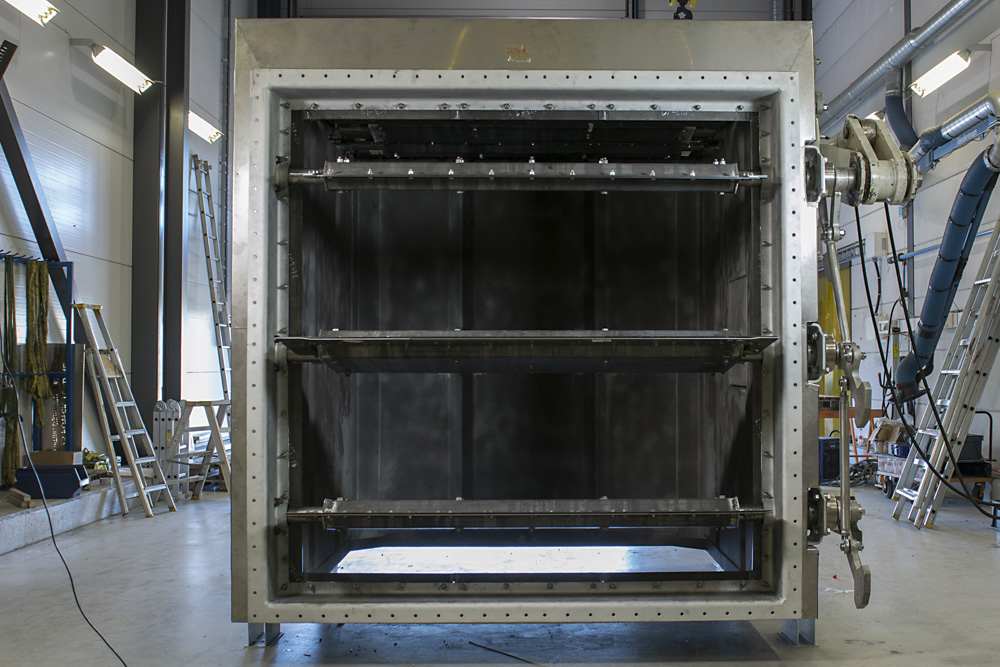
Business Issue
As a result of an in-duct gas turbine back fire on the existing Heidrun platform based in the North Sea, Mjørud AS were commissioned by Statoil to remove a damaged flap diverter from the platform and repair it at their factory in Oslo. After inspection it was determined that the flap diverter was beyond practical repair and a replacement solution was to be sourced. The diverter controlled the gas turbine exhaust gas either to the WHRU – waste heat recovery unit (to recover the heat for use) or to the stack.
How DTL and Mjørud AS worked together to provide a Solution
Mjørud approached DTL for their expertise in the field of industrial dampers after working on a number of other successful projects together. After discussions with DTL and Mjørud, Statoil ordered a replacement casing fitted with WHRU and stack multi-louvre dampers instead of another flap. The following benefits being identified :-
• Lower capital cost
• Lower operating costs
• Balanced blades produce much lower forces and torque requirement
• Linked multi-louvre dampers provide a much finer flow control between WHRU and stack.
The casing was reverse-engineered from the existing damper, with modifications to accommodate multi-louvre dampers in lieu of a single flap. DTL designed and supplied a complete stainless steel solution to include, blades, shafts, bearings and drive train (levers, linkages, rod ends). Mjørud designed and manufactured the replacement damper casing.
Execution
The casing and blades/drive train were manufactured in Norway and the UK respectively, then assembled and client witnessed testing was performed in Mjørud’s factory, all under the supervision of a DTL service engineer and Product Support Manager.
The damper was successfully built and tested at Mjørud’s factory as planned, prior to being transported back to the platform and retrofitted by Mjørud.T
Key design features included:
- Re-use of (de-rated) existing hydraulic actuator and power pack and controls, thus eliminating any modification to the existing platform damper control systems.
- Offset blade shafts to comply with Statoil specification TR0151 (Exhaust Systems, Waste Heat Recovery Units and Heat Recovery Steam Generators downstream of Gas Turbines), to ensure blades fail drift open in the event of external drive train failure.
- Extensive flow modelling to improve the flow regime and heat distribution across the duct. The results determined louvre damper blades of varying geometry and a combination of parallel and opposed blade action would produce the optimum design, which was then implemented.

